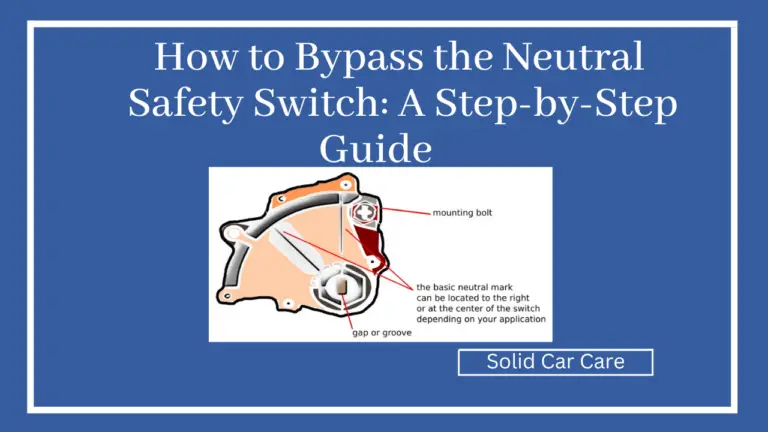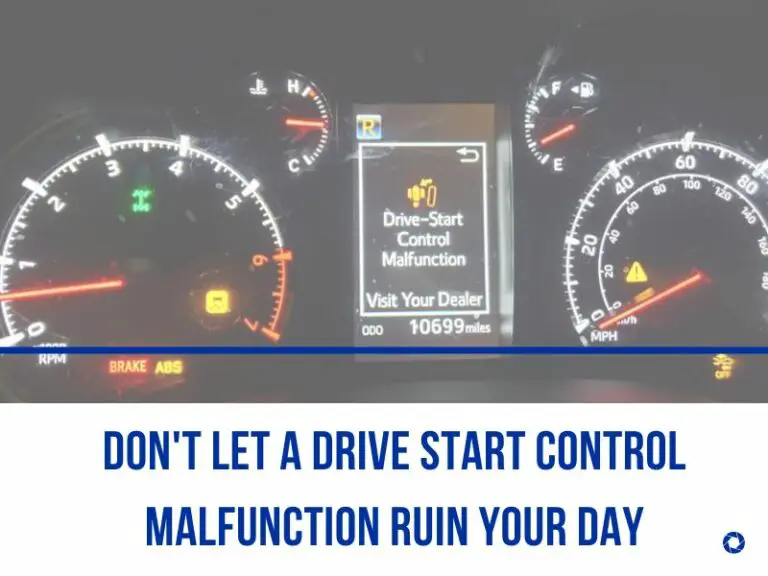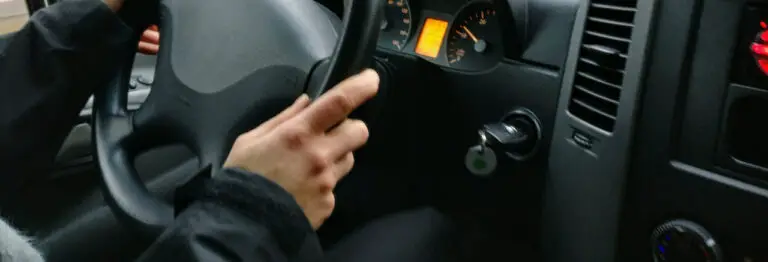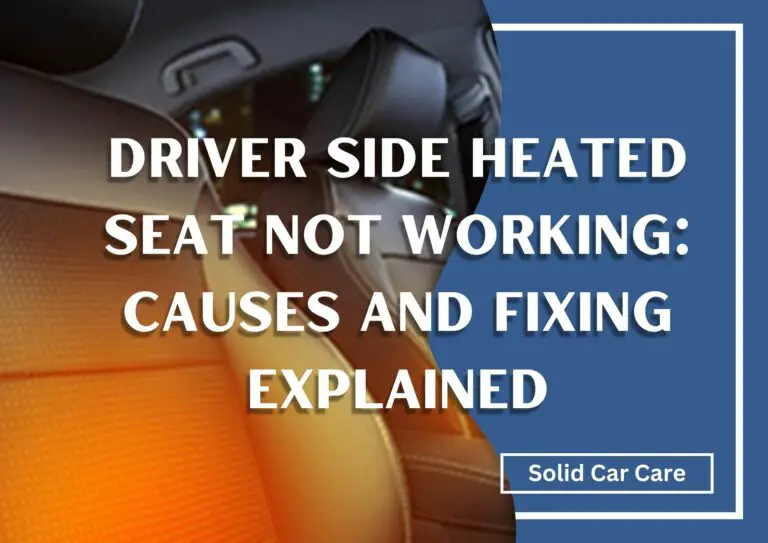How To Turn Off Traction Control Without Button?
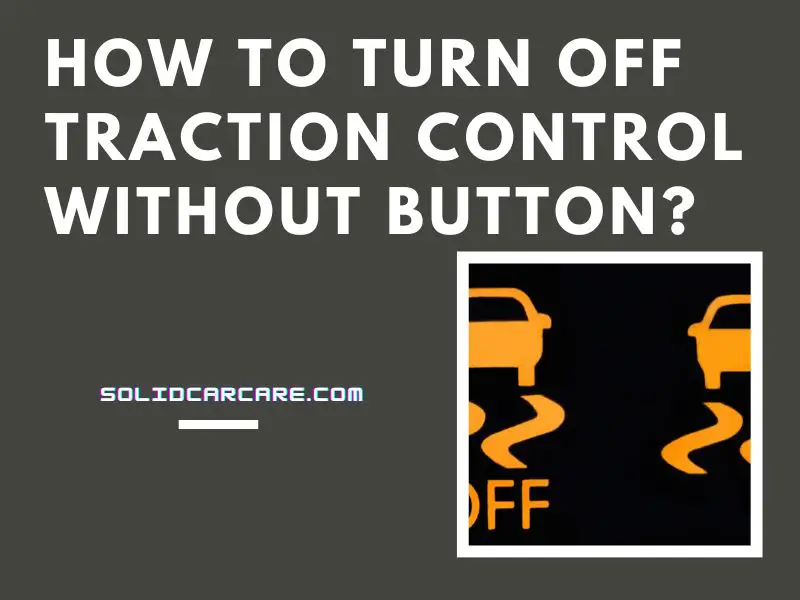
In modern cars, traction control is a useful safety feature. However, there may be instances when you want to turn it off, but not all cars have a dedicated button for this. In this article, we’ll explore methods to disable traction control without a button, why you might want to do it, and the risks involved.
So in this context, we focus on,
- Turning off traction control without a button,
- Turning off traction control permanently,
- Traction control best practices, and
- The risks involved after turning off the traction control
So I invite you to stick around until the end to find out what you’ve been looking for.
Table of Contents
- What is traction control and what does it really do?
- When do we have to turn off the traction control?
- How to turn off the traction control without the button?
- How to permanently disable traction control?
- Why is the traction control not turning off? Possible reasons
- Some related FAQs.
What is traction control and what does it really do?
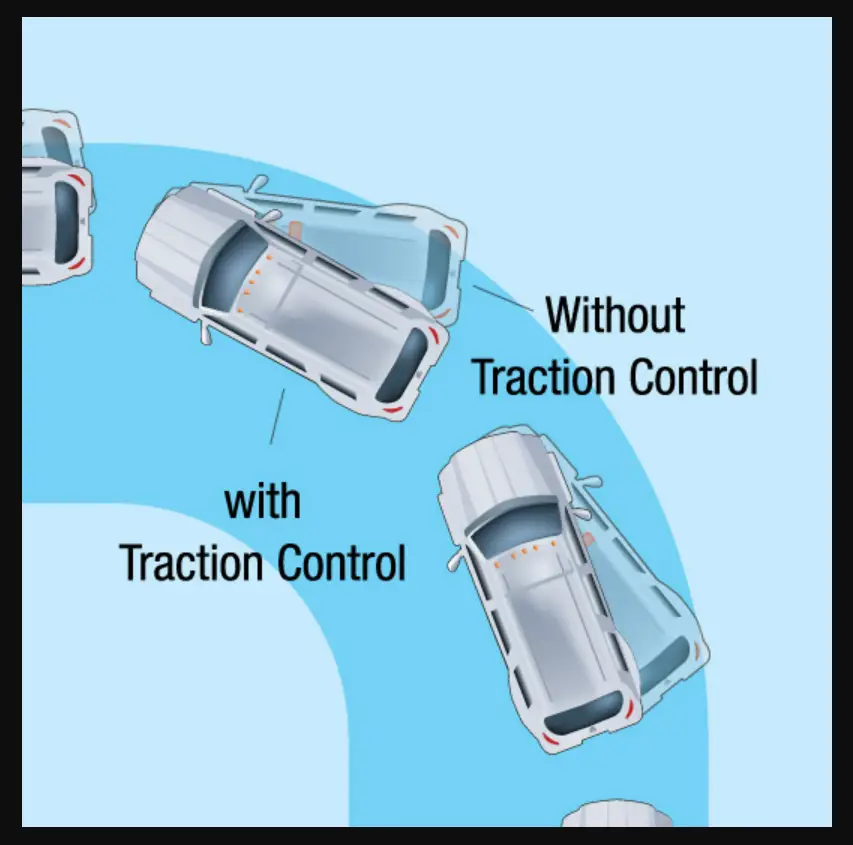
Traction control is a safety feature in modern cars that helps drivers maintain control over their vehicles in slippery or uneven road conditions. The system works by using sensors to detect when a wheel is slipping or losing traction, and then automatically adjusts the engine power and braking force to that wheel to prevent it from spinning too fast.
This helps the vehicle maintain stability and prevents the driver from losing control. Essentially, traction control helps to keep the vehicle moving in the direction the driver intends, even when the road conditions are less than ideal.
When do we have to turn off the traction control?
There are a few situations where you might want to turn off traction control in your vehicle, but it’s important to understand the risks involved before doing so. Here are some common situations where you might consider disabling traction control:
- Off-roading
When driving off-road, the traction control can actually hinder your ability to maneuver over rough terrain. This is because the system is designed to prevent wheels from slipping, which can make it difficult to gain traction on uneven surfaces.
Disabling traction control can allow the wheels to spin more freely, which can be useful in some off-road situations.
- High-performance driving
If you’re driving on a track or engaging in other high-performance driving, such as drifting, you may want to disable traction control. In these situations, you may want more power to the wheels to allow for better handling or to maintain a controlled slide
- Snow driving
In some cases, the traction control can actually make it more difficult to drive in the snow. If you’re stuck in a snowdrift or need to get up a steep incline, turning off traction control can allow the wheels to spin more freely, which can help you gain traction and get moving.
However, it’s important to note that turning off traction control can also increase the risk of losing control of your vehicle, especially in slippery or uneven conditions. If you’re not experienced in driving in these situations, it’s best to leave the traction control on and drive cautiously.
How to turn off the traction control without the button?
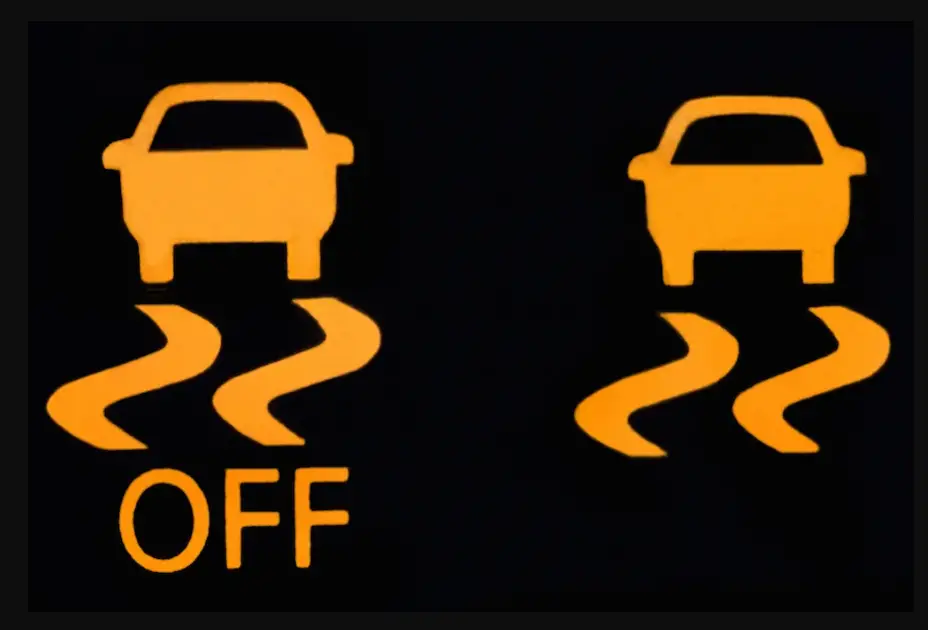
Before proceeding, it’s important to note that disabling traction control can be dangerous and should only be done in specific situations. It’s also important to understand that not all vehicles have the ability to disable traction control without a dedicated button, so this method may not work for all cars.
If you’re unsure about whether your car can disable traction control without a button, consult your owner’s manual or a qualified mechanic. Here’s a step-by-step guide on how to disable traction control without a button:
Step 01: Turn off the engine and remove the key from the ignition.
Step 02: Locate the fuse box in your car. This is usually located under the dashboard on the driver’s side or in the engine compartment.
Step 03: Identify the fuse that controls the traction control system. This can usually be found in the owner’s manual or by looking for a fuse labeled “TC” or “TCS.”
Step 04: Use a fuse puller or a pair of pliers to remove the fuse from its slot.
Step 05: Start the engine and test to see if traction control has been disabled. You may notice that the “TCS” or “TC” warning light is illuminated on the dashboard, indicating that the system has been disabled.
Step 06: Drive cautiously and be aware that disabling traction control can increase the risk of losing control of your vehicle, especially in slippery or uneven conditions.
Step 07: When you’re finished driving in the conditions that required you to disable traction control, turn off the engine, reinsert the fuse, and start the car as usual. This will restore the traction control system to normal operation.
Again, it’s important to note that disabling traction control can be dangerous and should only be done in specific situations. If you’re unsure about whether your car can disable traction control without a button, consult your owner’s manual or a qualified mechanic.
solid car care
How to permanently disable traction control?
Disabling traction control permanently can be dangerous and may also be illegal in some regions. Moreover, it can also affect the vehicle’s performance, warranty, and resale value.
If you’re experiencing issues with your vehicle’s traction control system or have a specific reason for wanting to disable it permanently, it’s best to consult a qualified mechanic or dealership to discuss your options.
Disconnect the brake throttle override wire
The traction control system relies on the brake throttle override to cut the engine power when necessary.
By disconnecting the wire that connects these two components, you can permanently disable the traction control system. However, this may also disable other safety features and may be illegal in some regions.
Disconnect the wheel sensors
The traction control system also uses signals from wheel sensors to function properly. By unplugging one or more of these sensors, you may be able to disable the traction control system. However, this method can be time-consuming and may not work for all vehicles.
It’s also important to note that disabling traction control can increase the risk of losing control of your vehicle in certain conditions, so it should only be done with caution and under specific circumstances.
Knock Sensor Code Keeps Coming Back; What Can You Do?
solid car care
Unplug The ABS Sensor Or The Yaw Sensor
Unplugging the ABS sensor or the yaw sensor is another method to disable the traction control system without a button. Since the traction control and ABS are interconnected, disabling the ABS sensor may cause the traction control to stop working as well.
Similarly, disabling the yaw sensor, which is located at the center of gravity of the car, can also help in disabling the traction control system.
However, it’s important to note that unplugging these sensors can impact the stability of the car and may also affect other safety features. Therefore, it’s recommended to use this method with caution and only if you have a specific reason for doing so. Additionally, this method may not work for all vehicles, so it’s best to consult a qualified mechanic or dealership before attempting to disable the traction control system permanently.
Why is the traction control not turning off? Possible reasons
There could be several reasons why your traction control system is not turning off:
Faulty button or switch: The traction control button or switch may be faulty, preventing the system from turning off. In this case, you may need to have the button or switch replaced.
Malfunctioning sensor: If one of the sensors that the traction control system relies on is malfunctioning or damaged, the system may not be able to turn off properly. A qualified mechanic can diagnose and repair any issues with the sensors.
Electrical issue: There may be an electrical problem, such as a blown fuse or a faulty wiring connection, that is preventing the traction control system from turning off. A mechanic can diagnose and repair any electrical issues.
Computer issue: The traction control system is controlled by a computer, and if there is a problem with the computer or the software, the system may not turn off properly. A mechanic can diagnose and repair any issues with the computer or the software.
If you are experiencing issues with your traction control system not turning off, it’s recommended to have your vehicle inspected by a qualified mechanic or dealership to determine the root cause of the problem and ensure that your vehicle is safe to drive.
Some related FAQs.
Is it OK to drive without traction control?
Regardless of how skilled you are behind the wheel, we wouldn’t advise disabling traction control while driving on normal roads because it can act to maintain control much more quickly than you can react.
Does traction control use more fuel?
The computer will engage the traction control system if one or more of the powered tires begin to spin. Otherwise, the system is inactive and has no impact on fuel economy. Even on the rare occasions when traction control is engaged, gas mileage wouldn’t be significantly impacted.
Is traction control different than ABS?
The main distinction between an ABS and a Traction Control system is that Traction Control prevents the wheel from spinning while the vehicle is accelerating, whereas ABS stops the wheel from spinning while braking. Another name for a traction control system is an anti-slip regulation (ASR).

